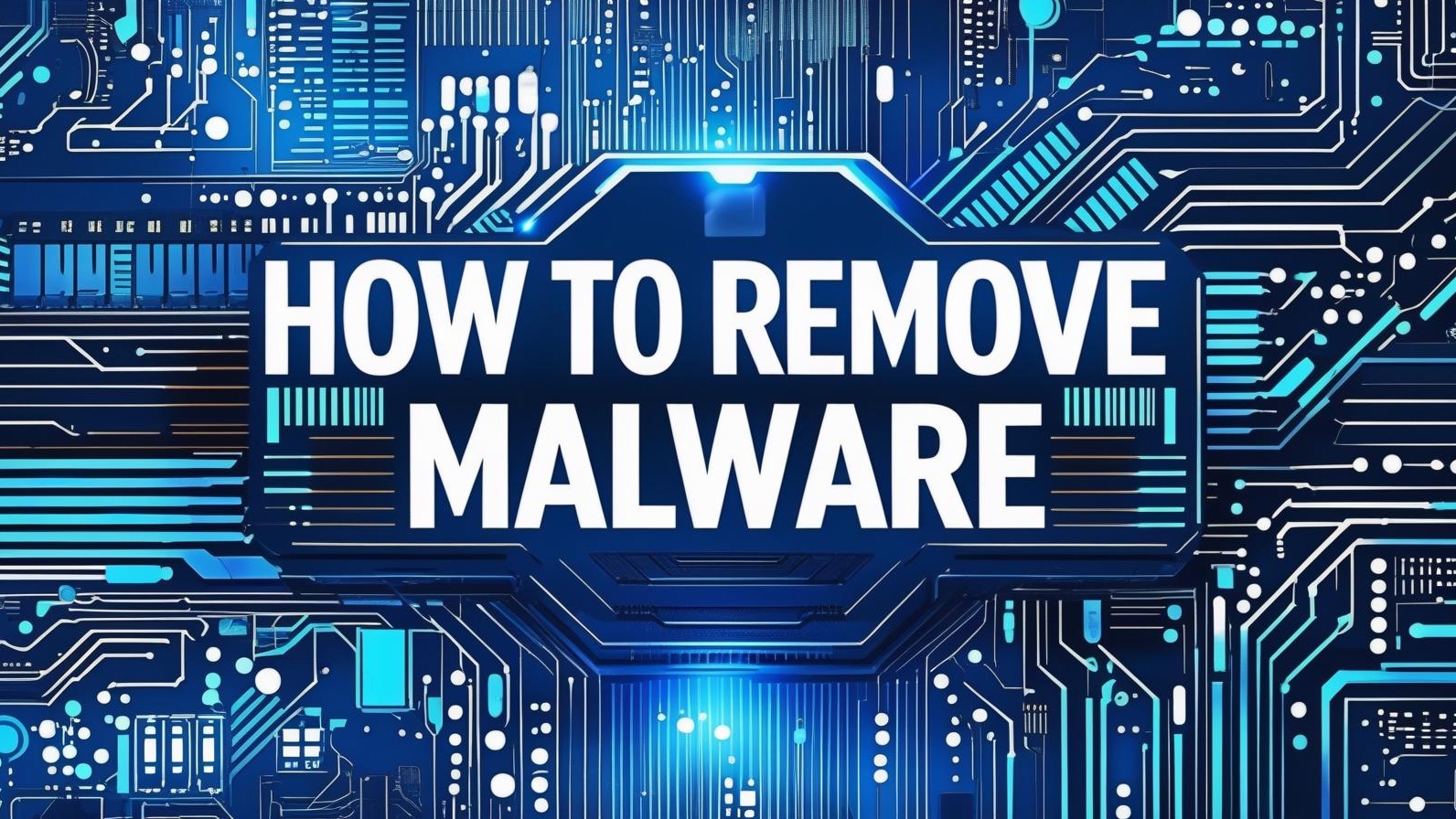How to Remove Malware from Your Computer in 7 Steps
Oct 21, 2025
How to Remove Malware in 7 Steps
Malware is malicious software that cybercriminals use to compromise computers, steal data, or disrupt normal operations. It’s one of the most common cybersecurity threats anyone can fall victim to. Malware infections often happen through phishing emails, fake advertisements, or by clicking on suspicious links online.
If you suspect your computer is infected, don’t panic. Follow these 7 essential steps to remove malware from your computer safely and effectively.
1. Investigate and Verify Malware Symptoms
Before taking action, confirm whether malware is actually present. Common signs of malware infection include:
- A slow or freezing computer
- Unexpected pop-up ads
- Unusually high CPU or memory usage
- Missing or corrupted files
- Programs or settings are changing on their own
If you notice any combination of these symptoms, it’s time to start your malware removal process.
2. Quarantine the Infected System
Once you’ve verified signs of infection, quarantine the affected device to prevent the malware from spreading to other systems.
You can do this by:
- Disconnecting the computer from the network (unplugging Ethernet cables and turning off Wi-Fi)
- Turning off Wi-Fi and Bluetooth connections
Isolating the device helps stop data exfiltration and lateral movement across your network.
3. Disable System Restore in Windows
Before removing malware, disable System Restore to prevent reinfection from infected restore points. This ensures that no infected restore points can be accidentally used later.
To do this:
- Type “System Restore” in the Windows search bar.
- Open System Properties → System Protection tab.
- Select your drive and click Configure → Turn off system protection.
4. Remediate the Infected System
This step involves cleaning the malware and repairing the system. Follow these two sub-steps carefully:
a) Update Your Anti-Malware Software
Ensure your antivirus or anti-malware software is fully updated before scanning. Updated definitions allow the software to detect the latest malware variants.
b) Perform a Full System Scan in Safe Mode
Restart your computer in Safe Mode. This limits background processes and makes it easier to remove malware. Run a complete system scan and follow the prompts to quarantine or delete any malicious files found.
If standard tools fail to remove the infection, use a bootable antivirus rescue disk or a Windows Preinstallation Environment (WinPE) to scan the system before Windows loads. This approach is highly effective for stubborn or deeply embedded malware.
5. Schedule Future Scans and Enable Real-Time Protection
After cleaning your system, set up automatic scans to prevent future infections.
Most antivirus programs — including Microsoft Defender — allow you to:
- Schedule daily quick scans.
- Schedule weekly full system scans.
- Keep real-time protection turned on.
Windows Defender is an excellent built-in solution that continuously monitors for suspicious activity and automatically updates its malware definitions.
6. Re-Enable System Restore and Create a New Restore Point
Once your computer is malware-free, re-enable System Restore and create a clean restore point.
This ensures that you can restore your system to a known safe state if something goes wrong in the future.
- Open System Restore.
- Turn protection back on.
- Click Create Restore Point and label it clearly (e.g., “Clean System – [Date]”).
7. Educate the End User
The final step in malware removal is prevention. Educate the end user (or yourself) on how to avoid future infections.
Share best practices like:
- Avoiding unknown email attachments and links
- Downloading software only from trusted sources
- Keeping software and operating systems updated
- Using strong, unique passwords
Good cybersecurity habits are the most effective defense against malware.
Final Thoughts
Removing malware from a computer can feel overwhelming, but following a straightforward, step-by-step process makes it manageable. By isolating the infected system, running proper scans, and re-establishing a clean restore point, you can confidently restore your device to a safe state.
Remember: prevention is always easier than remediation. Stay alert for suspicious activity, update your software, and make regular scanning part of your routine. With a proactive approach, you can minimize the risk of future malware infections and keep your system running smoothly.
Getting Ready to Take a CompTIA Exam?
Get a FREE cheat sheet that will walk you through the 5 most common mistakes people make when taking a CompTIA exam and how to avoid them.
We hate SPAM. We will never sell your information, for any reason.
